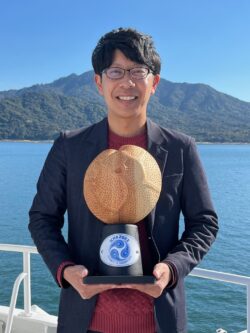Tomohiro Nishimura

Tomohiro Nishimura received his PhD from Ehime University in 2014 at the Kochi University in Japan. He then worked as a postdoctoral researcher at Kochi University for a total of 4.5 years. He also spent 4.5 years as a Japan Society for the Promotion of Science Overseas Research Fellow and a research scientist at Cawthron Institute in New Zealand. He has been actively involved in various basic research and industry-academia collaborative projects. Currently, he works as a research scientist in the Harmful Algal Blooms Group at the Japan Fisheries Research and Education Agency.
Dr Nishimura's research has focused on toxic dinoflagellates and diatoms in Japan and Oceania, with particular emphasis on benthic harmful algal bloom (BHAB) genera, including the macroalgae-associated Alexandrium (his original discovery), Gambierdiscus, and Prorocentrum, and harmful algal bloom (HAB) diatom genus Pseudo-nitzschia. His pioneering studies have significantly advanced the field of BHAB dinoflagellates and Pseudo-nitzschia research, providing essential information for establishing risk assessment of these organisms. In particular, his discovery of the Prorocentrum strain with high productivity of dinophysistoxin-1 has contributed to the industrial production of this compound as a standard material in Japan. In addition, his work on Pseudo-nitzschia has contributed to refining risk profiles and improving cell density trigger levels in the New Zealand Marine Phytoplankton Monitoring Programme, reducing unnecessary testing and bivalve harvest closures in New Zealand in the future.
He has also contributed to research on other HAB/BHAB genera, such as Azadinium, Coolia, Fukuyoa, Heterocapsa, Ostreopsis, and toxic cyanobacteria genera with collaborators from various countries. He has published his findings with collaborators in 46 scientific papers, including 37 peer-reviewed journal papers. His research has resulted in one patent and recognition through four awards from a university and academic societies.

